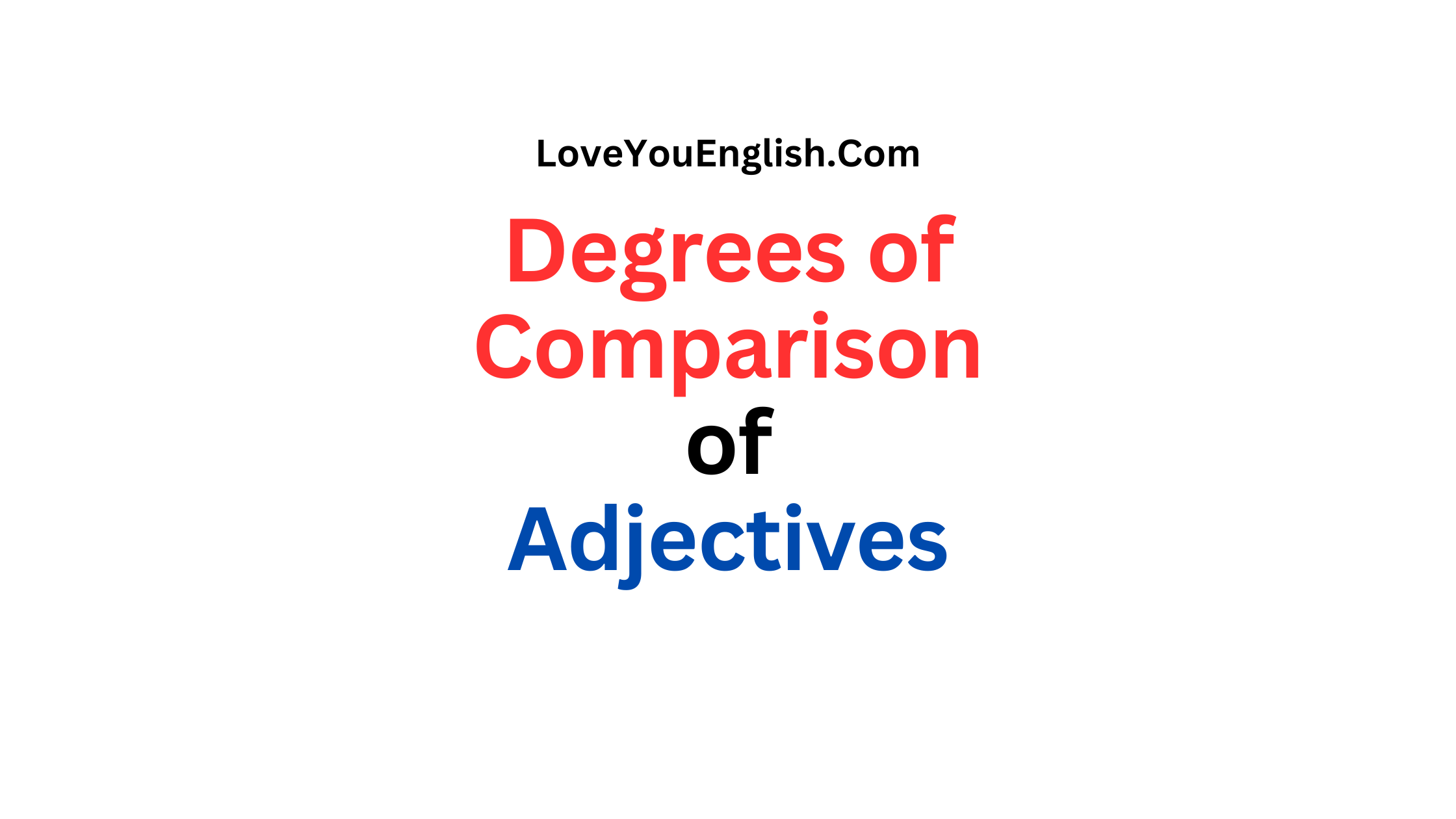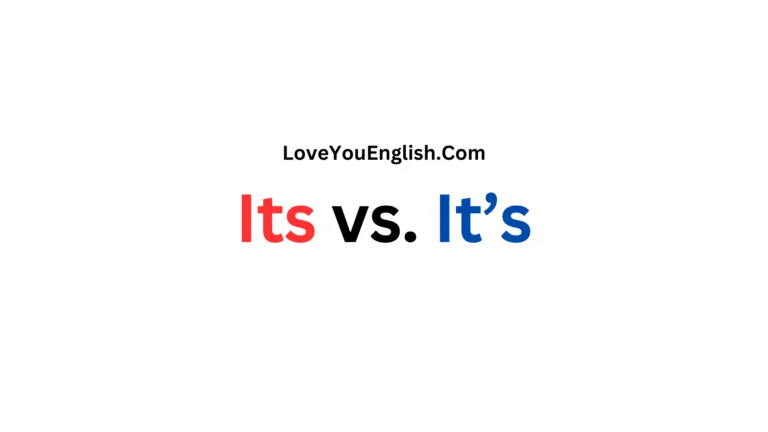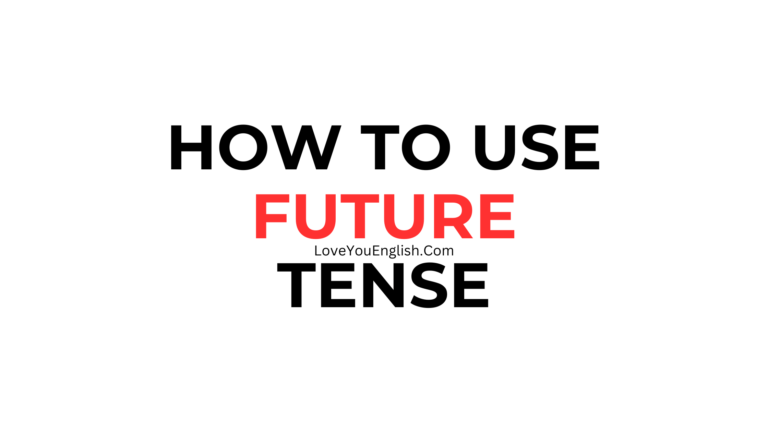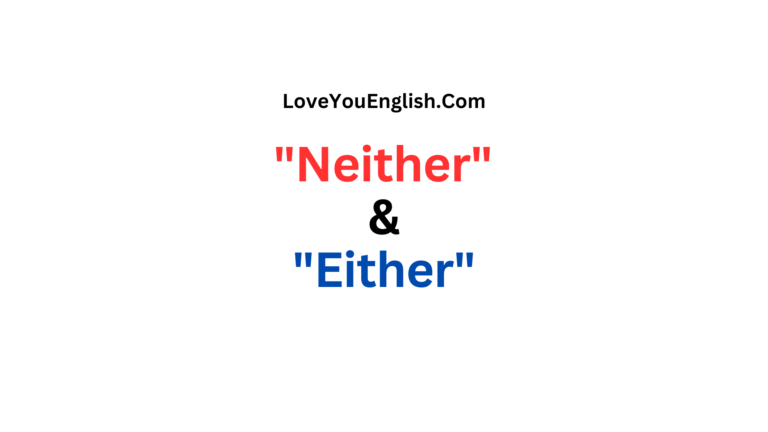Degrees of Comparison of Adjectives
Degrees of Comparison of Adjectives
It’s common to compare things when we talk.
We use words like “better,” “worse,” “bigger,” or “smaller” to show how things are different.
In English grammar, we have three degrees for these comparisons: positive, comparative, and superlative.
In this lesson, we’ll look at each degree and give simple examples for each one.
1. The Positive Degree
What is the Positive Degree?
The positive degree is the simplest form of an adjective or adverb.
It describes a quality without making any comparisons. It’s just a straightforward description of something.
When you use the positive degree, you are stating a quality or characteristic as it is.
Examples of the Positive Degree
Here are some examples to show how the positive degree works:
- Tall: John is tall.
- Happy: She is happy.
- Fast: The car is fast.
- Bright: The room is bright.
- Smart: The student is smart.
In each of these sentences, we are just describing one thing.
For instance, we say “John is tall” to simply state that John has a tall height, not comparing him to anyone else.
2. The Comparative Degree
What is the Comparative Degree?
The comparative degree is used when we want to compare two things.
It shows how one thing differs from another in terms of a particular quality.
We often use words like “better,” “worse,” “bigger,” or “more” with the comparative degree.
How to Form the Comparative Degree
To form the comparative degree, you usually add “-er” to the end of a one-syllable adjective or adverb.
For adjectives or adverbs with two or more syllables, you use “more” or “less” before the adjective or adverb.
Here are the rules for creating the comparative degree:
For one-syllable adjectives or adverbs: Add “-er”
-
- Tall becomes taller.
- Fast becomes faster.
For adjectives or adverbs with two syllables ending in “-y”: Change “-y” to “-ier”
-
- Happy becomes happier.
- Funny becomes funnier.
For most adjectives or adverbs with two or more syllables: Use “more” or “less”
-
- Beautiful becomes more beautiful.
- Careful becomes more careful.
Examples of the Comparative Degree
Here are some examples to illustrate the comparative degree:
- Tall: John is taller than Mike. (We are comparing John and Mike.)
- Happy: She is happier today than she was yesterday. (We are comparing her happiness on two different days.)
- Fast: This car is faster than my old one. (We are comparing two cars.)
- Bright: The sun is brighter than the moon. (We are comparing the brightness of the sun and the moon.)
- Smart: She is smarter than her brother. (We are comparing her intelligence with her brother’s.)
In these sentences, we are comparing two things and using words or forms to show which one has more or less of a certain quality.
3. The Superlative Degree
What is the Superlative Degree?
The superlative degree is used to describe the extreme or highest degree of a quality among three or more things.
It shows that one thing has the greatest or least amount of a particular quality compared to others.
How to Form the Superlative Degree
To form the superlative degree, you usually add “-est” to the end of a one-syllable adjective or adverb.
For adjectives or adverbs with two or more syllables, you use “most” or “least” before the adjective or adverb.
Here are the rules for creating the superlative degree:
For one-syllable adjectives or adverbs: Add “-est”
-
- Tall becomes tallest.
- Fast becomes fastest.
For adjectives or adverbs with two syllables ending in “-y”: Change “-y” to “-iest”
-
- Happy becomes happiest.
- Funny becomes funniest.
For most adjectives or adverbs with two or more syllables: Use “most” or “least”
-
- Beautiful becomes most beautiful.
- Careful becomes most careful.
Examples of the Superlative Degree
Here are some examples to show how the superlative degree works:
- Tall: John is the tallest person in the group. (John is taller than everyone else in the group.)
- Happy: She is the happiest she’s ever been. (She is happier now than at any other time in her life.)
- Fast: This car is the fastest on the track. (No other car on the track is faster.)
- Bright: The sun is the brightest object in the sky. (Compared to everything else in the sky, the sun is the brightest.)
- Smart: She is the smartest student in the class. (Among all the students, she is the smartest.)
In these sentences, the superlative degree highlights that one thing has the most or least of a certain quality compared to others.
Comparing the Three Degrees
To better understand these degrees, let’s look at them side by side with a single adjective: “happy.”
Positive Degree: She is happy.
-
- This just tells us that she is in a state of happiness.
Comparative Degree: She is happier than her friend.
Superlative Degree: She is the happiest person at the party.
-
- This tells us that she has the most happiness out of everyone at the party.
When to Use Each Degree
- Use the positive degree when you are talking about one thing and describing its quality.
- Use the comparative degree when you are comparing two things and showing how one has more or less of a quality than the other.
- Use the superlative degree when you are talking about three or more things and highlighting which one has the greatest or least amount of a quality.
Common Mistakes to Avoid
Using “more” with one-syllable adjectives:
-
Incorrect: She is more tall than her sister.- Correct: She is taller than her sister.
Using “-est” with adjectives that already have “most”:
-
Incorrect: She is the most happiest person.- Correct: She is the happiest person.
Using “-er” with adjectives that don’t need it:
-
Incorrect: This is more fast than the other car.- Correct: This is faster than the other car.
By understanding these common mistakes, you can ensure your comparisons are clear and accurate.
Conclusion
Comparing things is a fundamental part of expressing ideas in English.
By mastering the three degrees of comparison—the positive, the comparative, and the superlative—you can describe things more effectively and make clearer comparisons.
Remember:
- Positive Degree: Describes a quality (John is tall).
- Comparative Degree: Compares two things (John is taller than Mike).
- Superlative Degree: Compares three or more things (John is the tallest in the group).
Using these degrees correctly will help you communicate more clearly and express your thoughts in a more nuanced way.
Practice these examples, and soon you’ll be comparing things like a pro!
Happy comparing!







